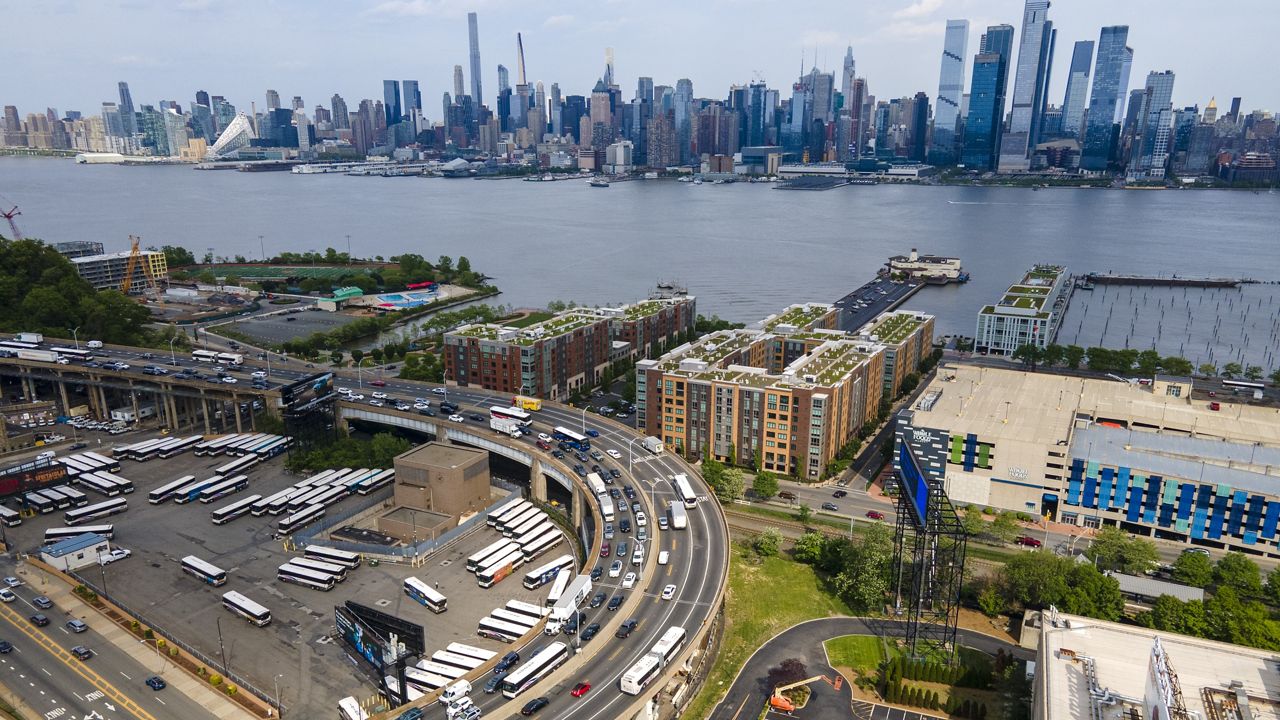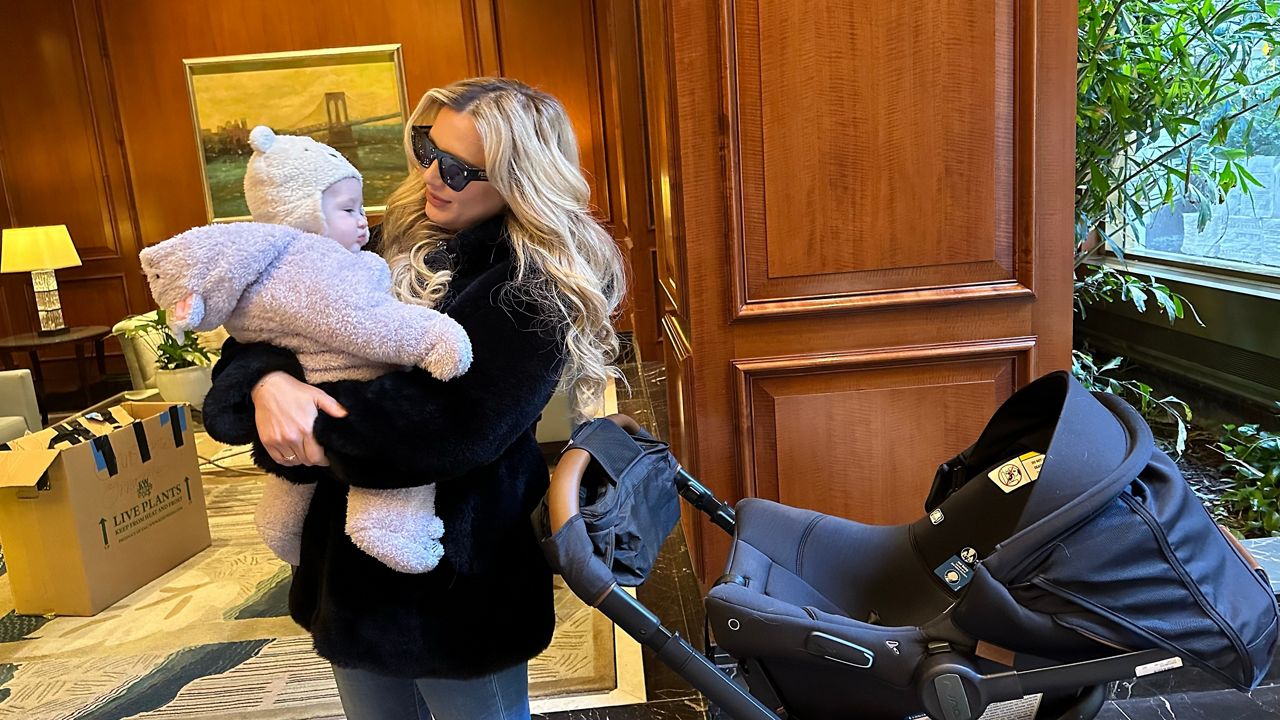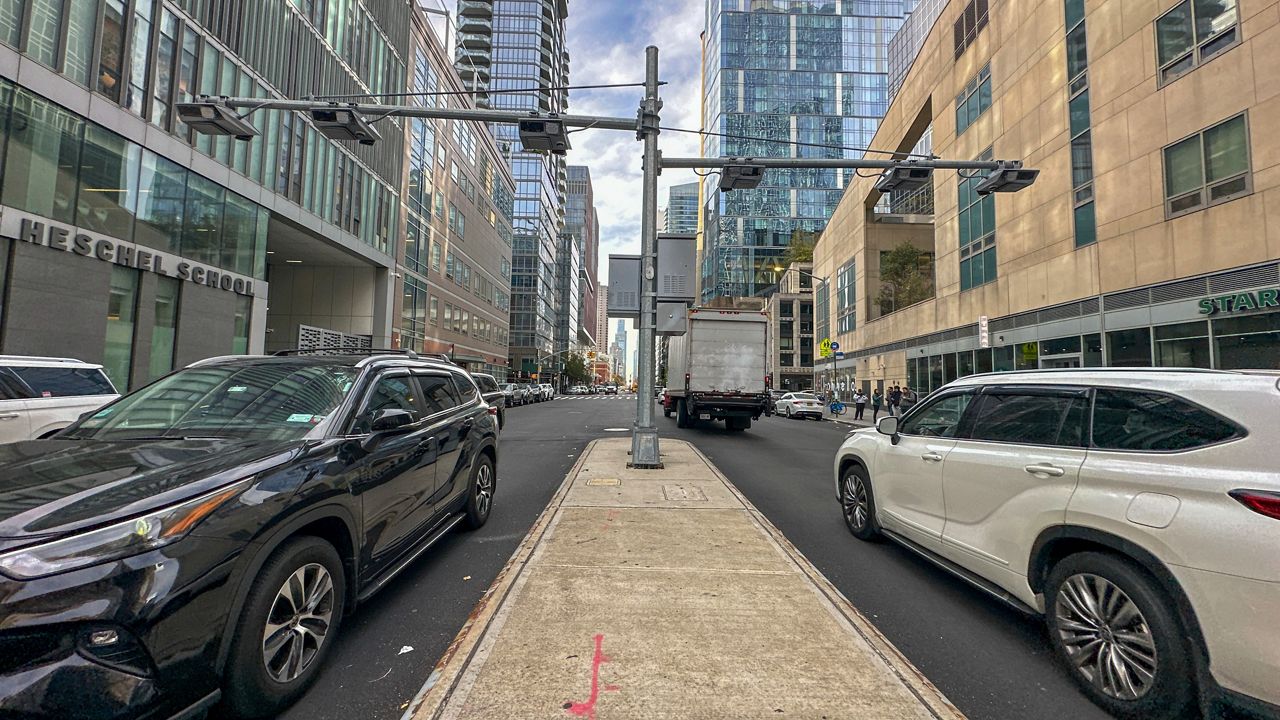The MTA has launched online portals for New York City drivers and businesses to apply for discounts and exemptions from congestion pricing.
On Friday, the MTA announced that congestion pricing would begin on June 30, charging drivers with E-ZPass a base toll of $15 to enter Manhattan south of 60th Street. Those without E-ZPass will be charged $22.50.
What You Need To Know
- The MTA said it would begin reviewing applications for those who may be eligible for discounts under previously outlined plans
- A tax credit will be offered for low-income drivers who live in the Central Business District, with more information set to be released in the fall
- The plan calls for a $15 base fare using E-ZPass for cars entering Manhattan south of 60th Street. Those without an E-ZPass will pay $22.50
That same day, the MTA said it would begin reviewing applications for those who may be eligible for discounts under previously outlined plans including the low-income discount plan, individual disability exemption plan, emergency vehicle and bus and commuter van exemption plans.
A tax credit will be offered for low-income drivers who live in the Central Business District, with more information set to be released in the fall.
MTA Chair and CEO Janno Lieber appeared on “Mornings On 1” Monday, emphasizing the importance of laying out a start date for congestion pricing after years of planning, saying, “We’re ready to go.”
“After four years and 4,000 pages of analysis and all this back and forth to the federal government, it's time for New Yorkers to start to feel the benefits of congestion pricing: less traffic, cleaner air and streets and better transit,” he said.
Lieber said that enforcement cameras are already installed throughout the city and can be activated immediately, and he noted the MTA will be intensifying toll evasion enforcement.
To measure the success of congestion pricing, Lieber said that increases in bus and traffic speeds would signify progress in the beginning.
“Traffic reduction is the principal goal. Obviously, we want to make sure we hit the revenue target so that we can invest more in mass transit. That was one of the goals of the original law, and we're shooting for enough money so that we can bond it into $15 billion in investments in the subway system, especially,” he said.





_PKG_CP_Bus_Speeds_CLEAN)

